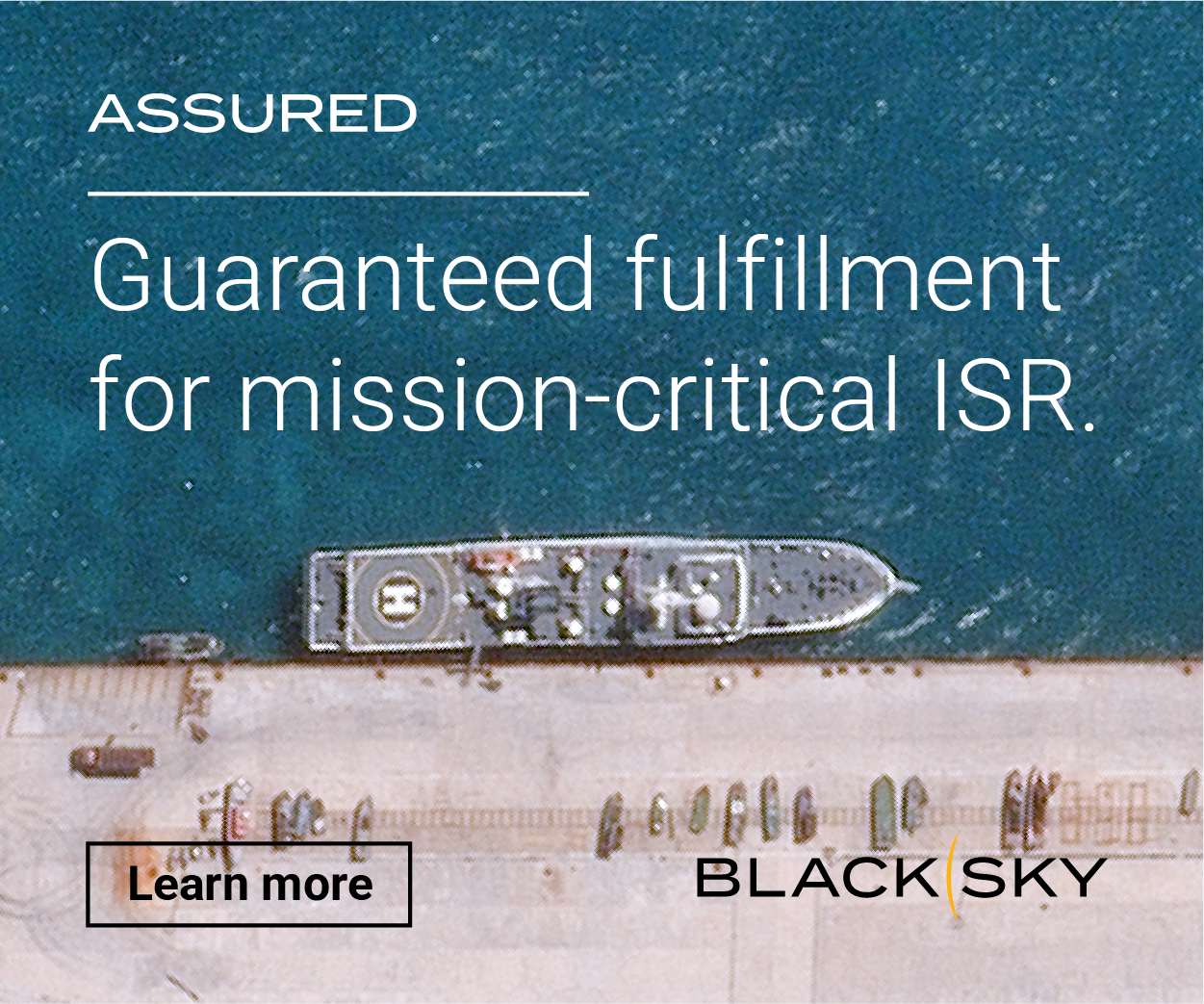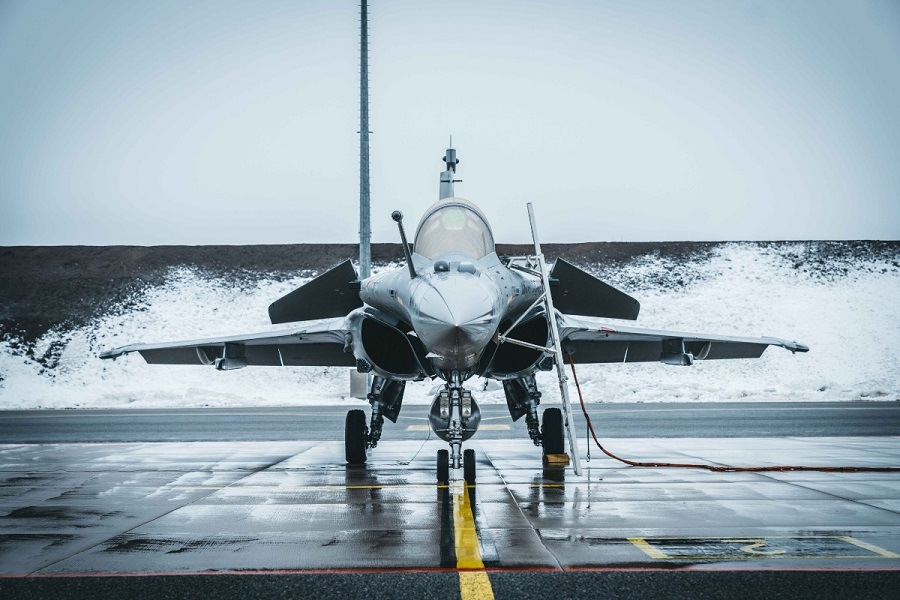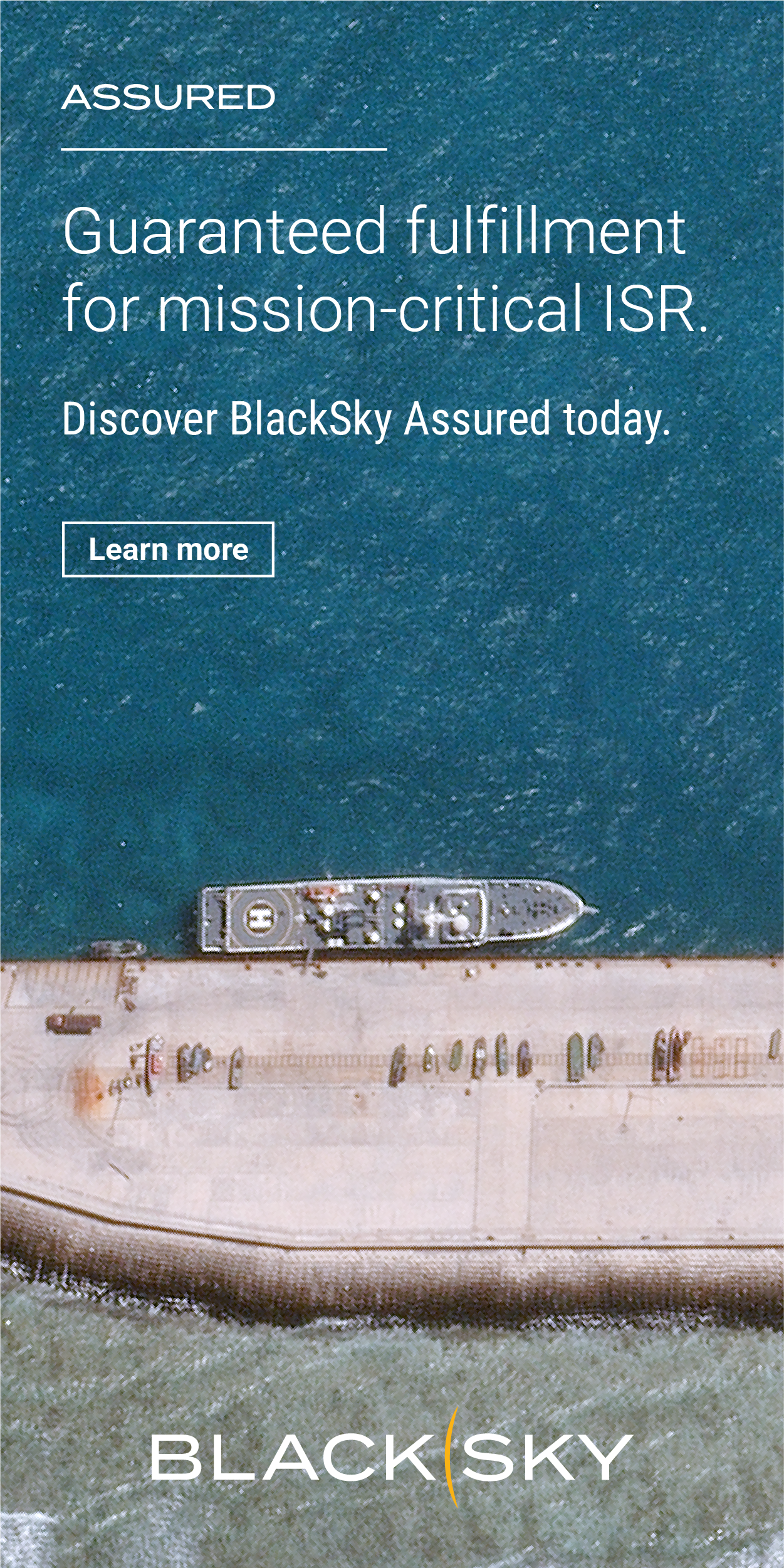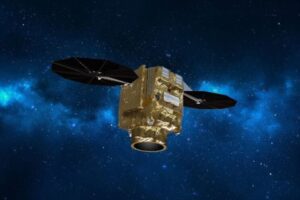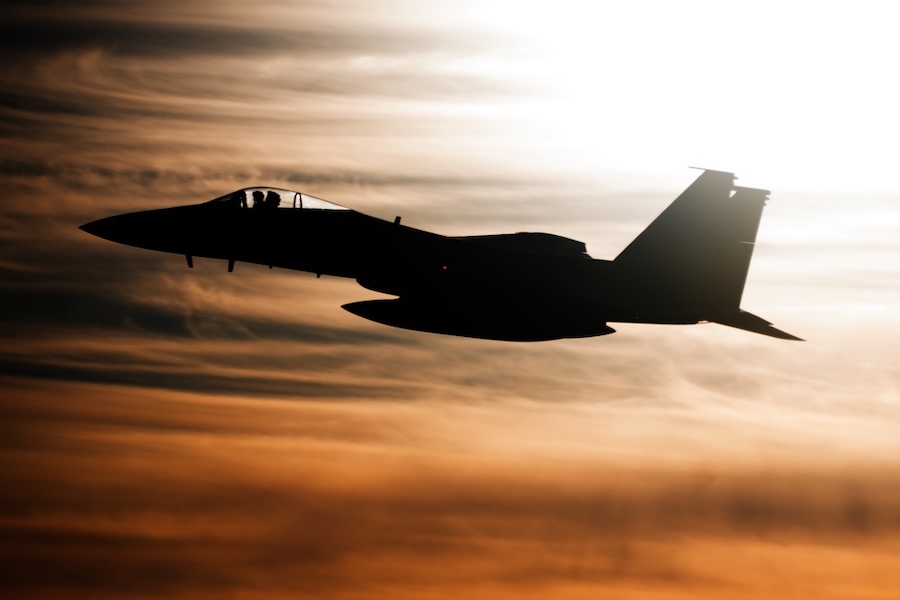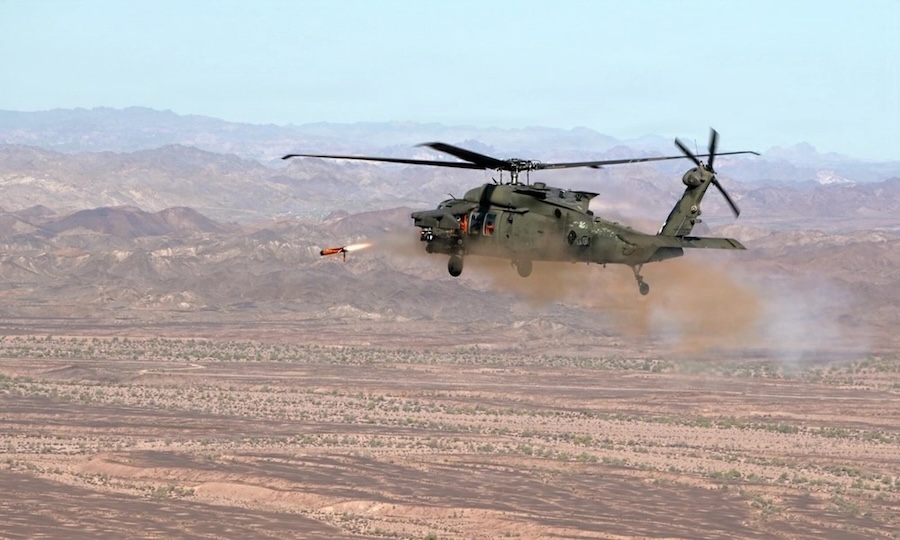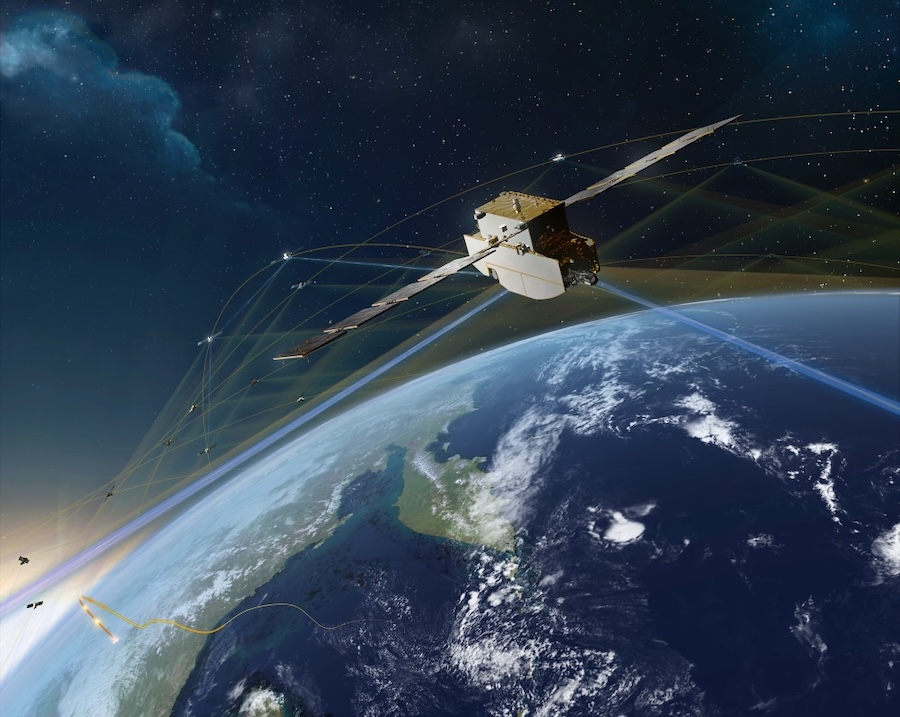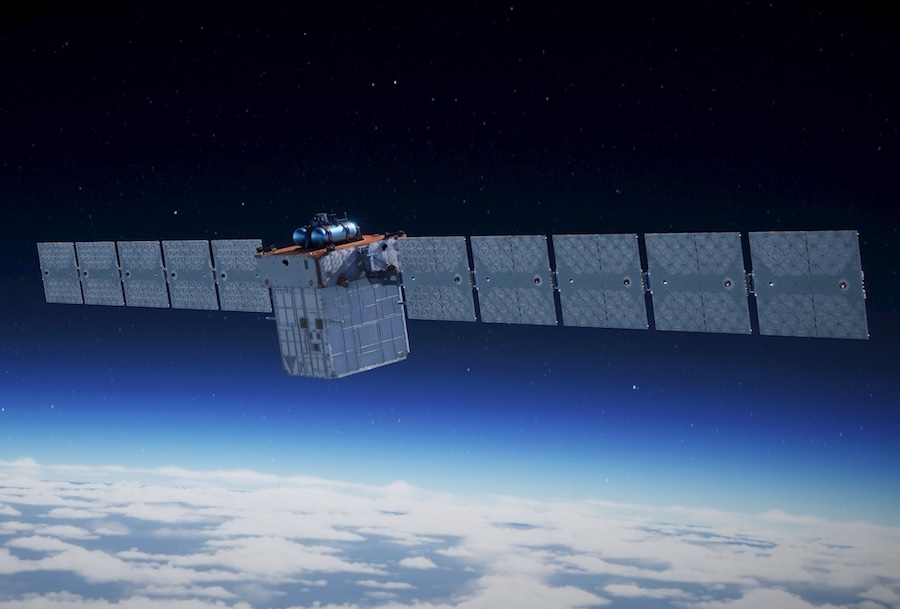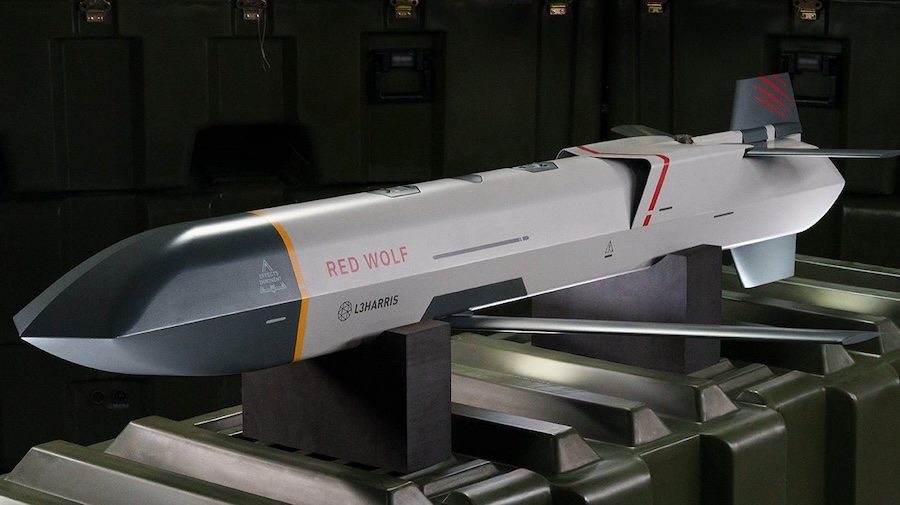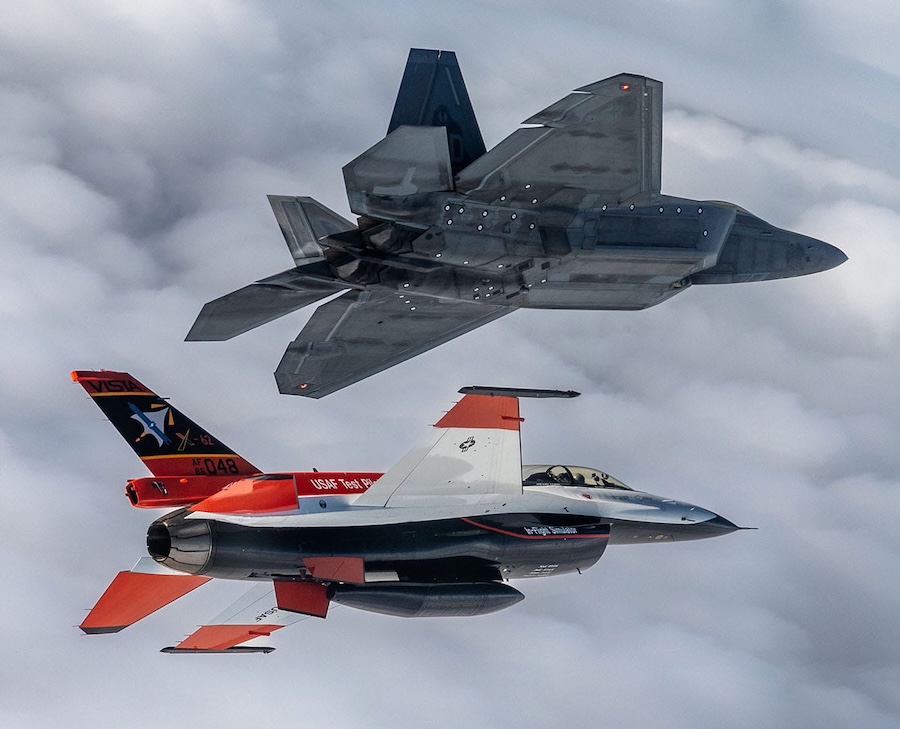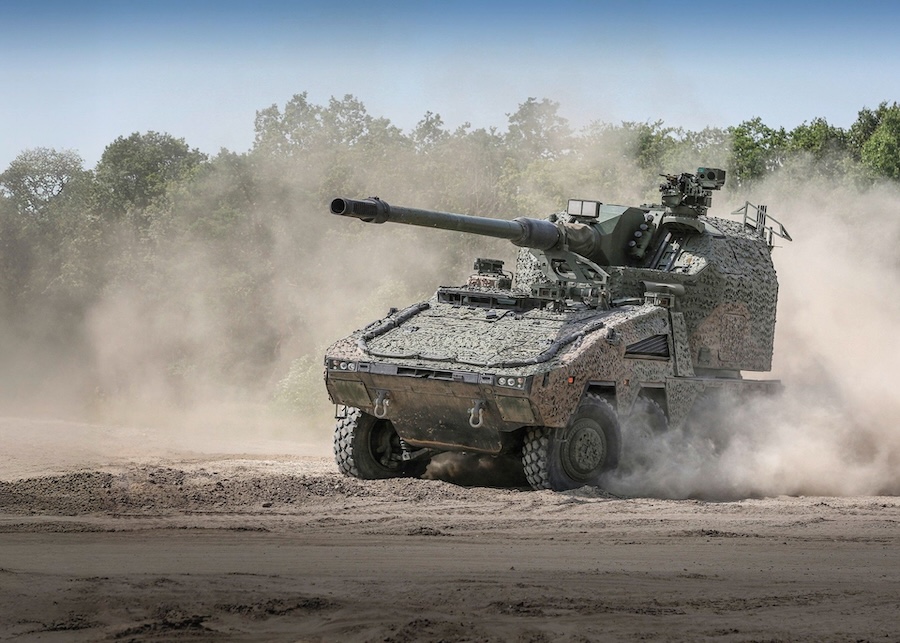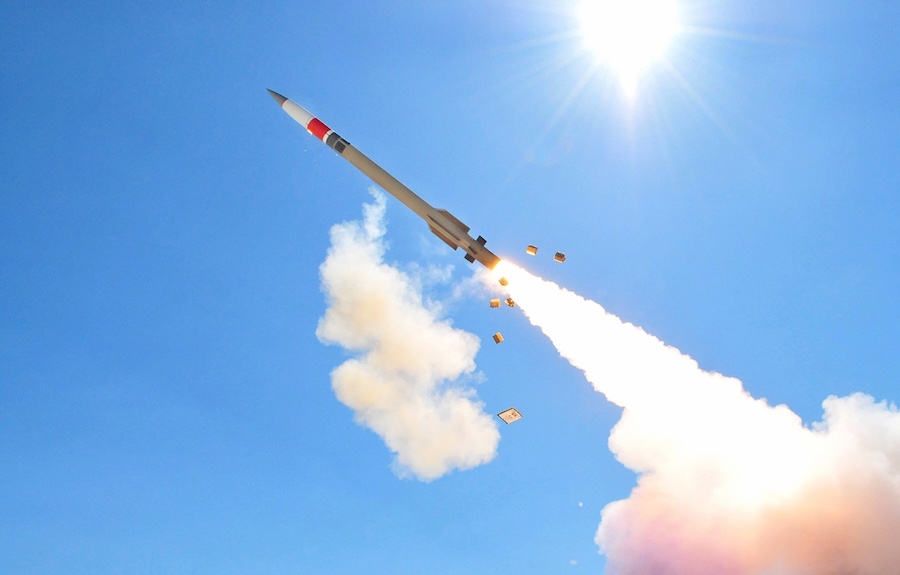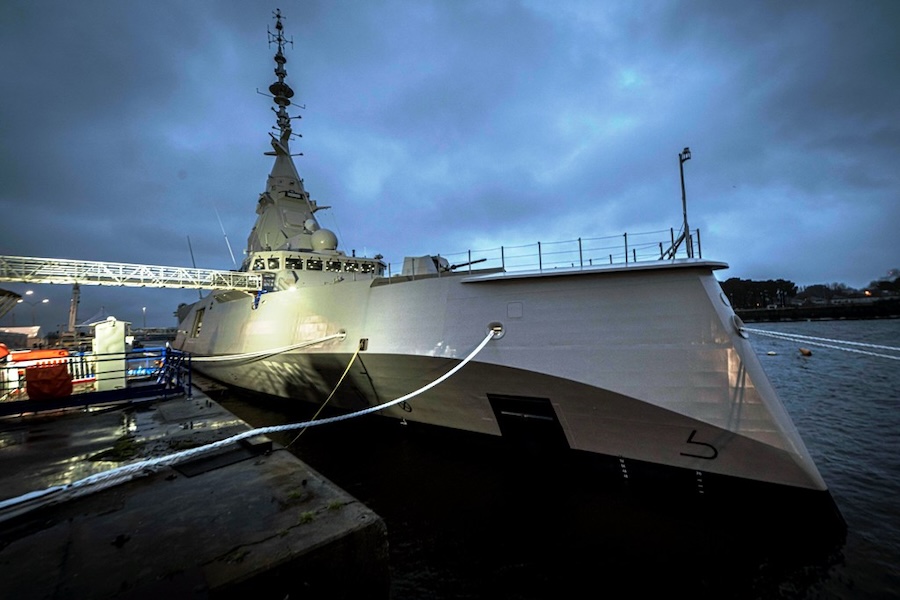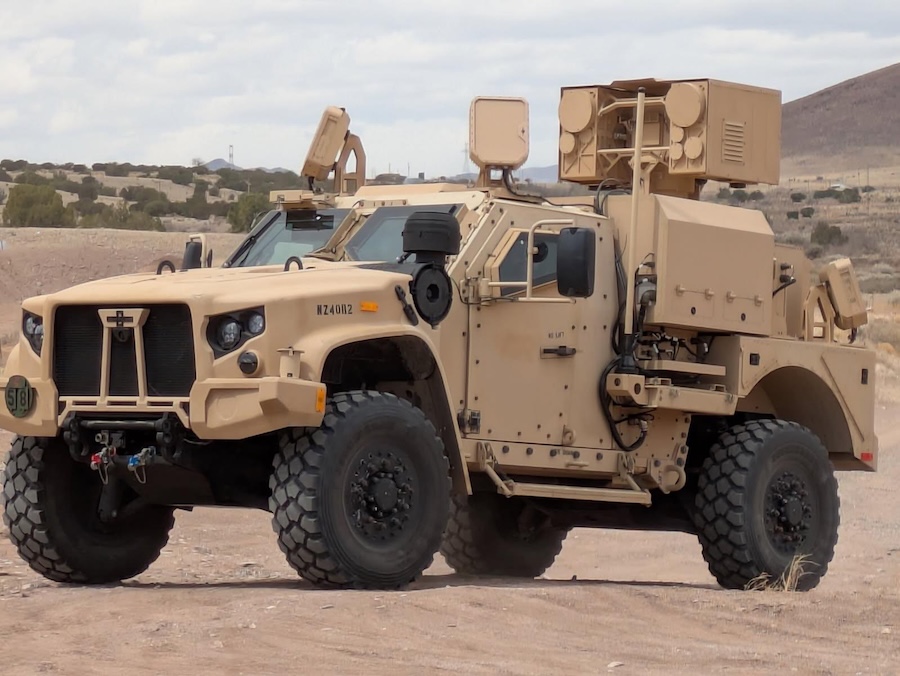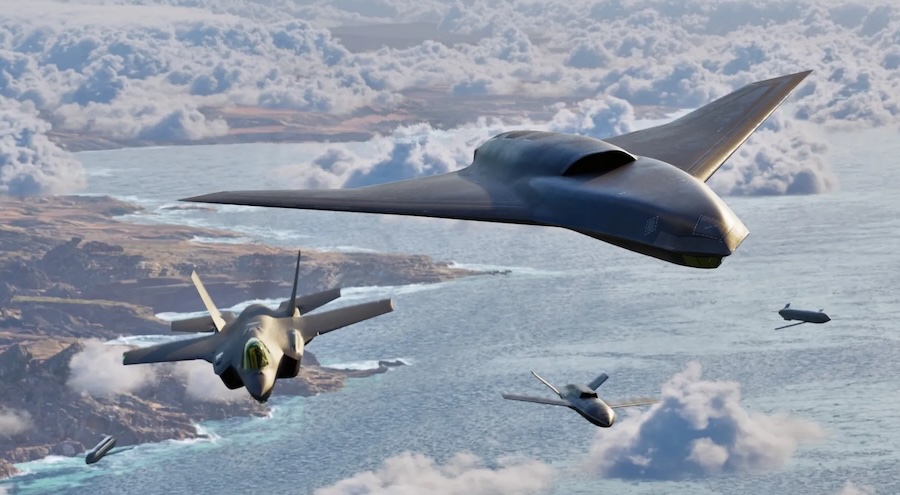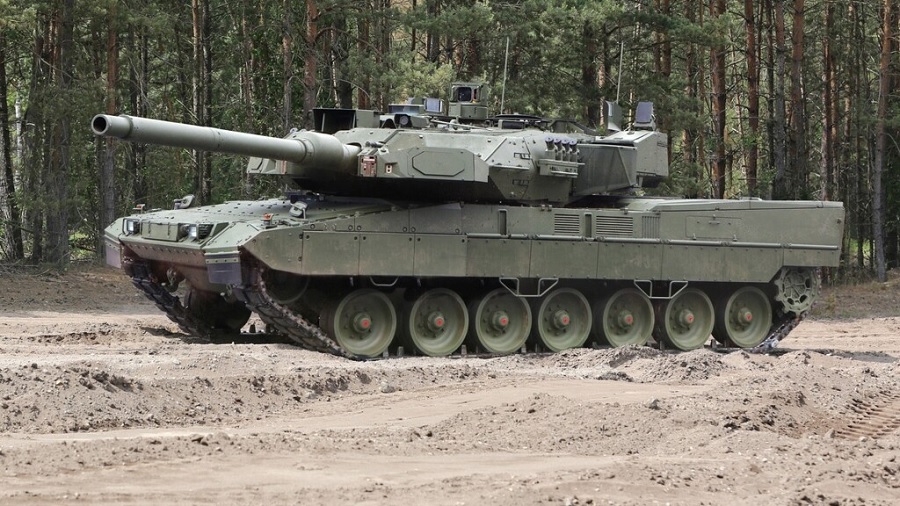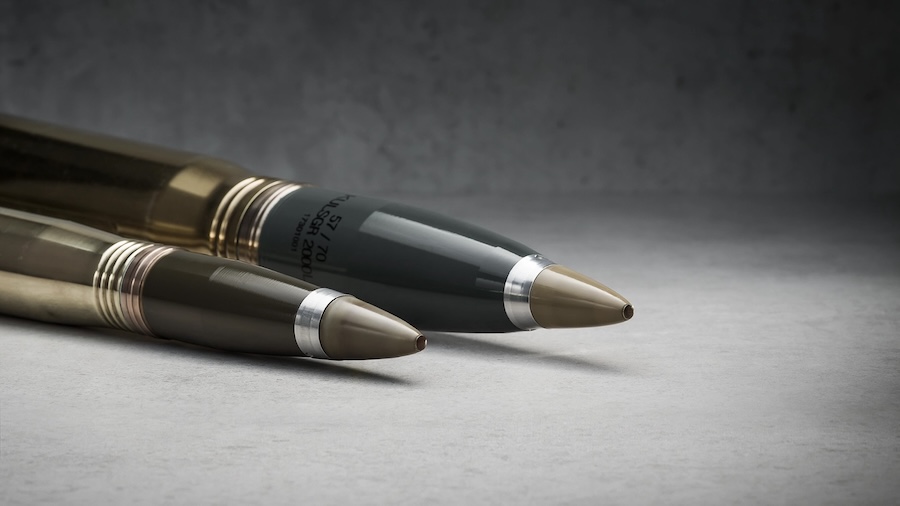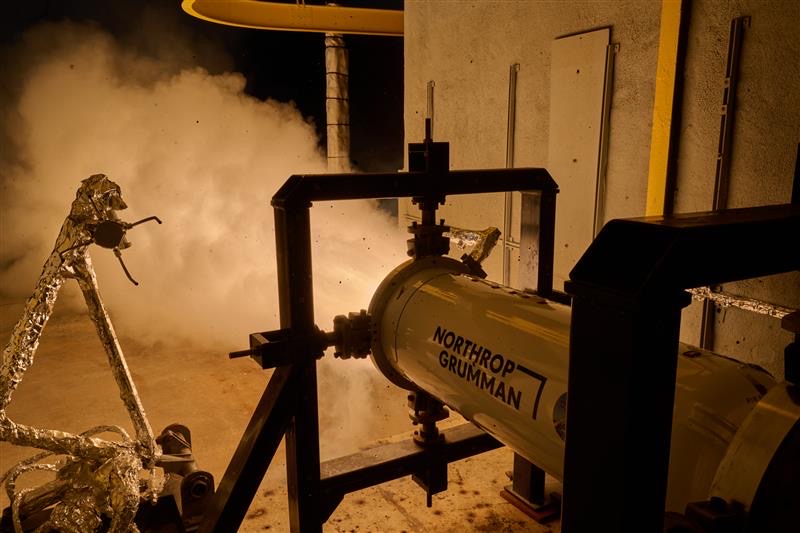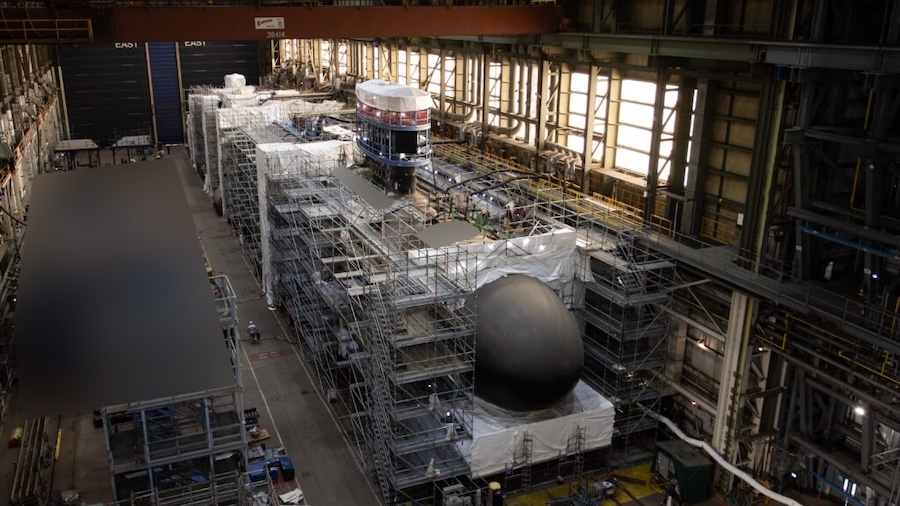According to the French Ministry of the Armed Forces, 40 additional Rafale aircraft are planned for two new squadrons dedicated to nuclear missions. This follows a previously announced order for 30 aircraft—20 for the Air and Space Force and 10 for the Navy.
Currently, the French Air and Space Force operates 108 Rafale jets, while the French Navy has 41. The manufacturer, Dassault Aviation, is increasing production capacity, aiming to reach a rate of five aircraft per month by 2026, up from two per month in 2024.
Alongside the procurement, Base aérienne 116 in Luxeuil-Saint Sauveur, where nuclear-capable aircraft are stationed, will undergo major upgrades. The investment, estimated at €1.5 billion, will support infrastructure improvements and prepare the base to receive the future Rafale F5 variant by 2035.
France’s airborne nuclear force currently relies on ASMP-A missiles, which carry tactical nuclear warheads. Work is ongoing to develop their successor—the ASN4G hypersonic missile—intended to replace the current system in the future.
President Macron linked these initiatives to the broader context of rising global tensions and the need for increased European defence capabilities. He suggested that France should raise its defence spending to between 3% and 3.5% of GDP, compared to current levels slightly above 2%.
The expansion of the Rafale fleet and modernisation of nuclear infrastructure form part of France’s long-term strategic defence planning. These measures are intended to maintain the credibility of France’s deterrent posture and strengthen national and European security.

